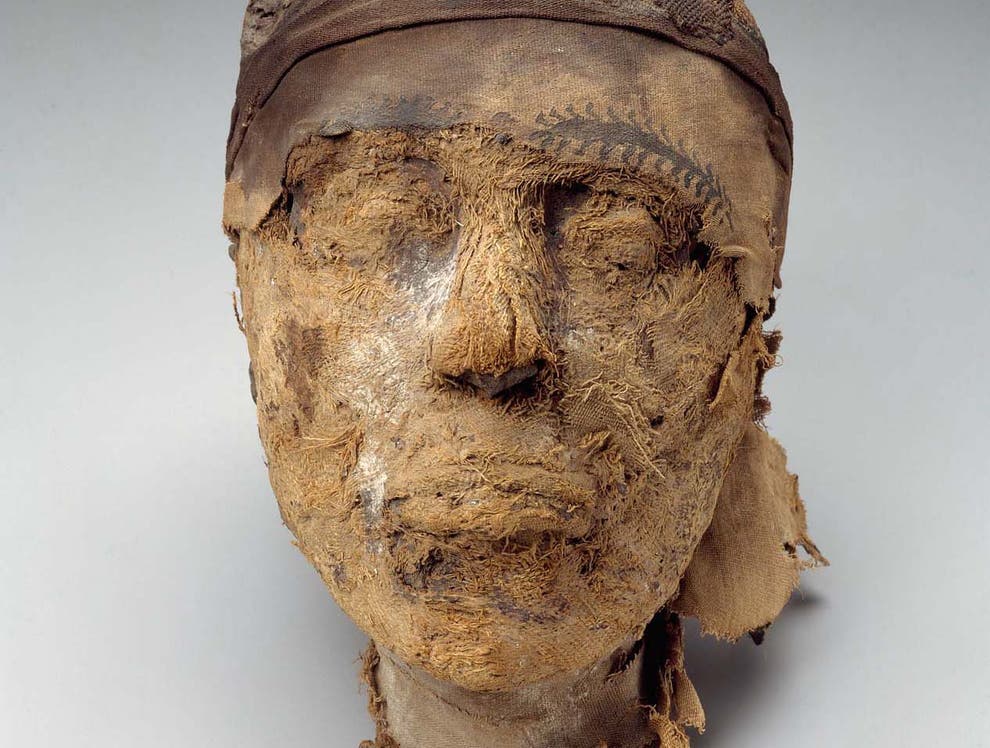FBI cracks the case of the 4,000-year-old mummy’s head
A team of forensic scientists has managed to extract DNA from a 4,000-year-old mummy, and their finding has solved a century-old mystery of its ransacked tomb.

The Egyptian mummy wasn’t a fully preserved corpse, but rather a decapitated, mutilated, bandage-wrapped head that archaeologists found on top of a coffin when they excavated a tomb back in 1915. And that was the source of the mystery.
As the researchers explained in a paper published March 1 in the journal Genes, the tomb belonged to an Egyptian Middle Kingdom governor named Djehutynakht.
But by the time modern scientists found the tomb, it had been ransacked; it was robbed in ancient times. In an article describing the discovery, The New York Times reported that the robbers had set the place on fire “to cover their tracks.”
All that remained of the tomb’s occupants was a dismembered torso in one corner of the tomb and a head placed on top of Djehutynakht’s coffin. For more than a hundred years, researchers have wondered and disagreed about whether these mummified remains belonged to Djehutynakht himself or to his wife.
Deepening the mystery, the head had been altered during the mummification process, with several bones removed from the jaw and cheek in an effort to enable the deceased to eat and drink in the afterlife, the Times reported. Those bones might have offered clues as to whether the body was male or female.
That left DNA analysis. But extracting DNA from ancient Egyptian mummies, after centuries in hot, DNA-degrading environments, had never been achieved before. The Times reported that earlier attempts failed or produced contaminated results.
Still, FBI forensic researchers gave it a shot. They had access because the head, along with many artefacts from the tomb, had long since made its way to the Boston Museum of Fine Arts. (Shipping artefacts out of Egypt would be illegal today under Egyptian law.) They drilled into a molar extracted from the head “in pristine condition” back in 2009, producing 105 milligrams (0.004 ounces) of tooth dust.
After exposing the dust to a liquid mixture designed to copy and amplify existing DNA, they found that it came from a biological male. The head, in other words, most likely belonged to Djehutynakht and not his wife.
A team at the Department of Homeland Security, working with a smaller tooth-dust sample, later confirmed the results. In both cases, the DNA was damaged, demonstrating that it came from the ancient mummy and not modern contamination.
Interestingly, it remains unclear which Djehutynakht the head (and tomb) belonged to. Two governors with that name ruled an area call Hare Nome, and, the researchers wrote, “while they shared the same name (which means Thoth [the main local deity] is Strong), there is no evidence they were related.”





